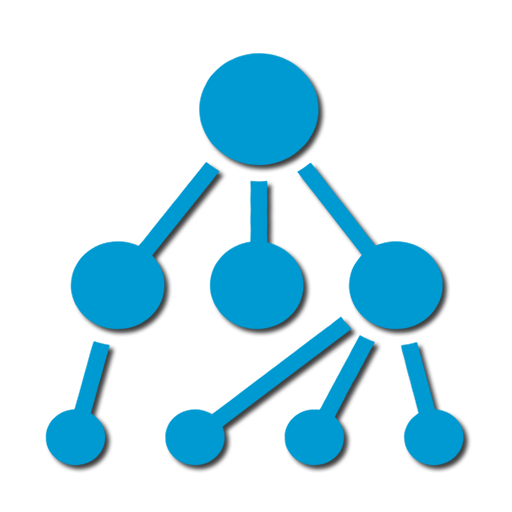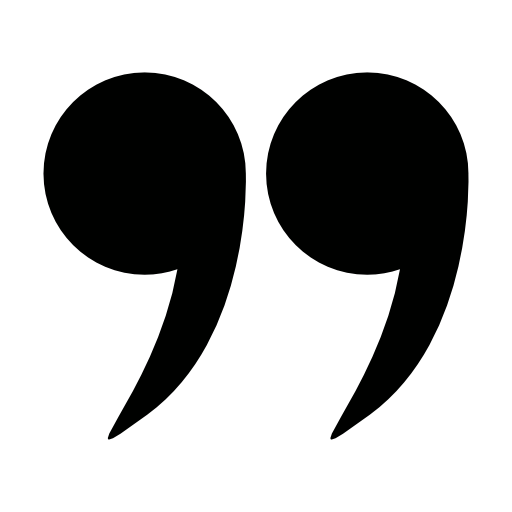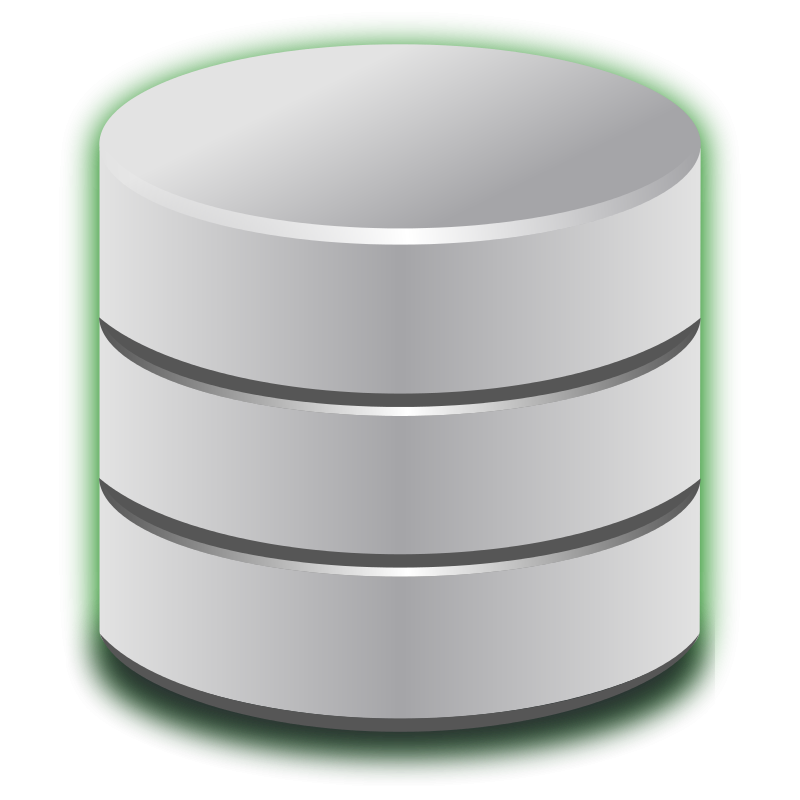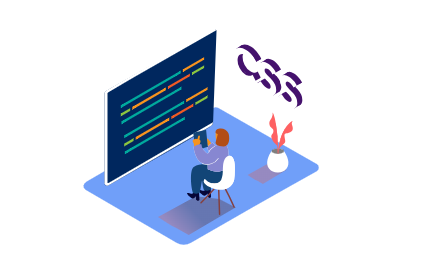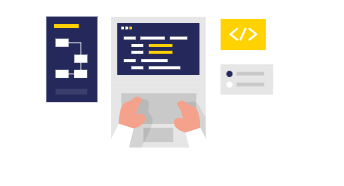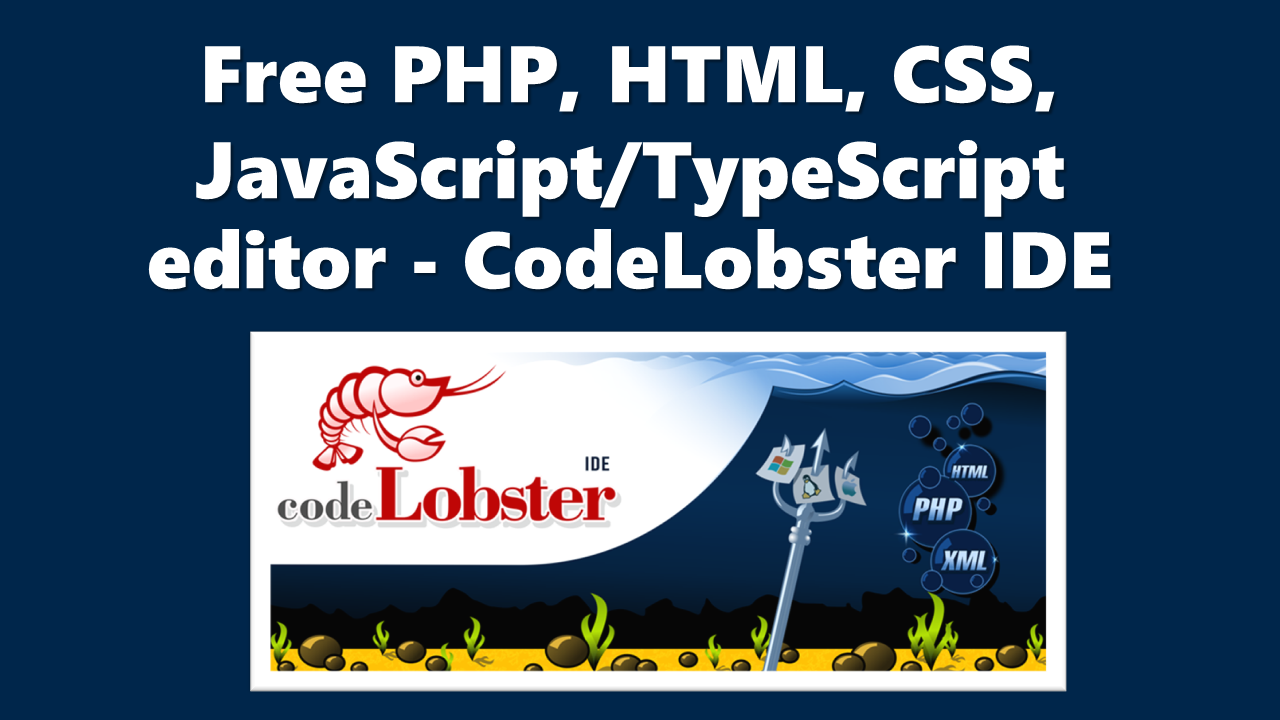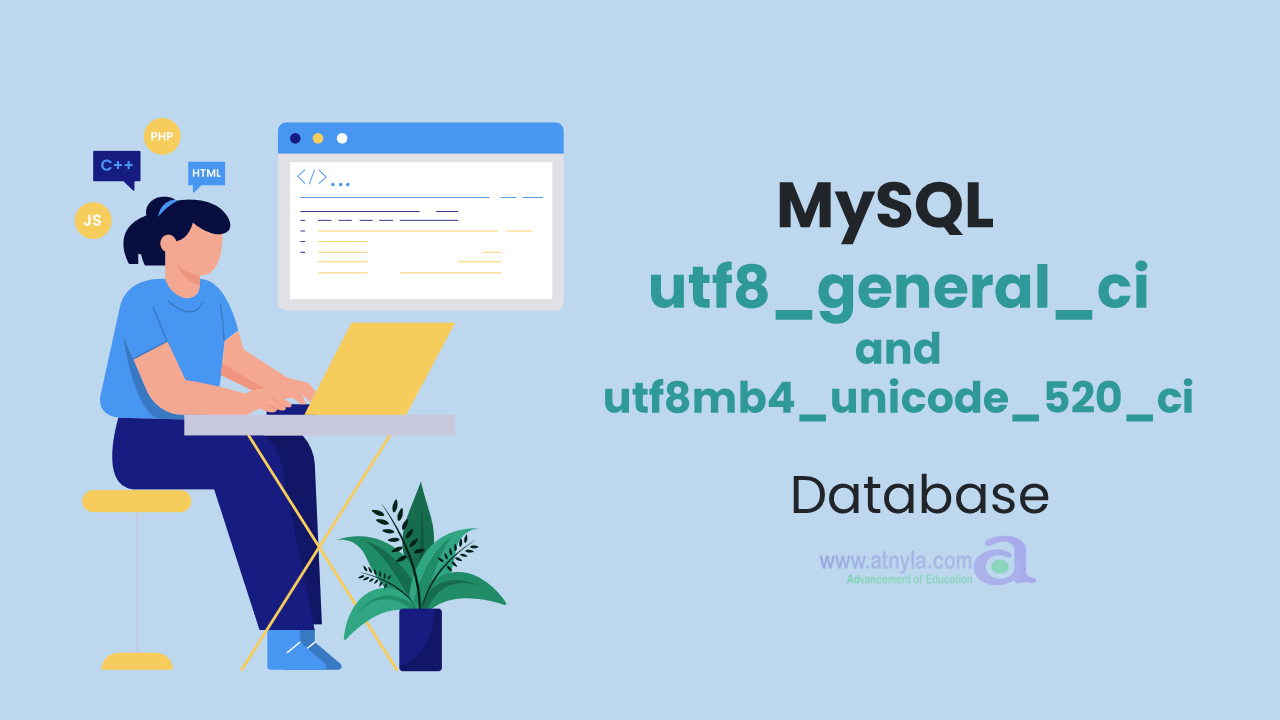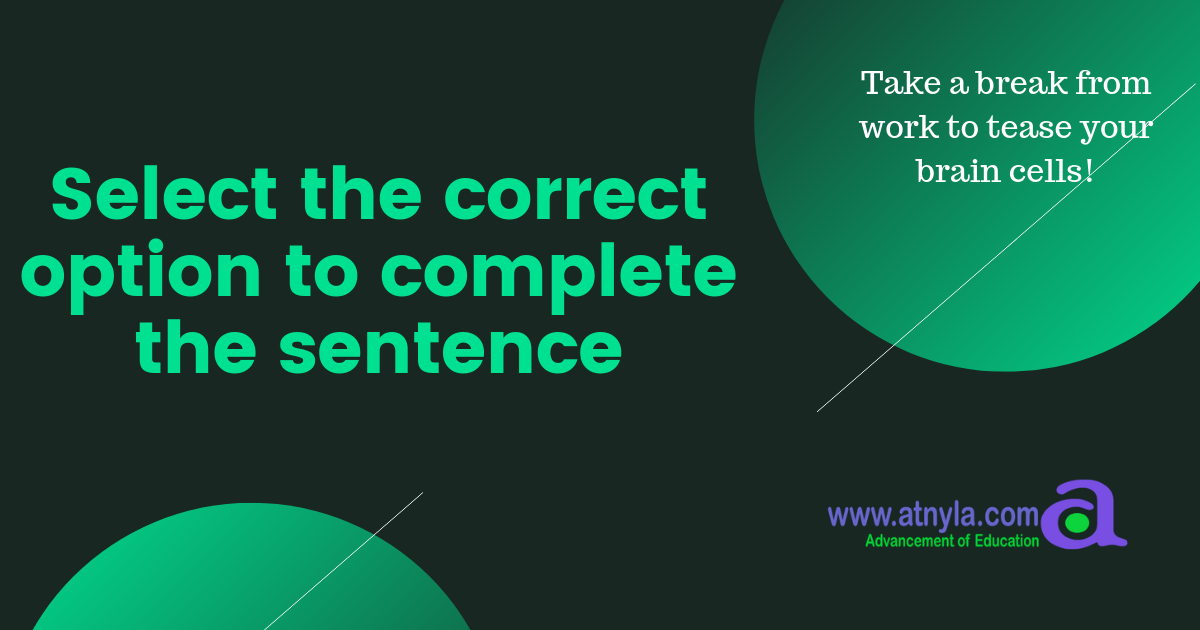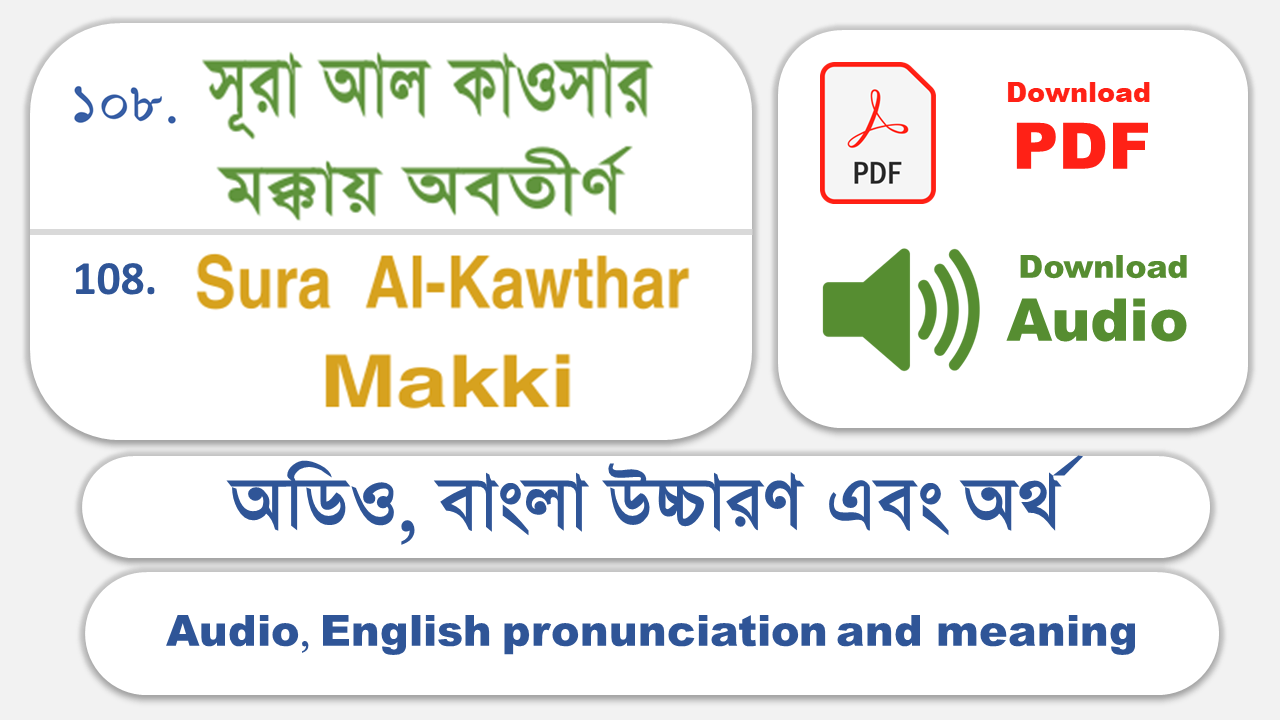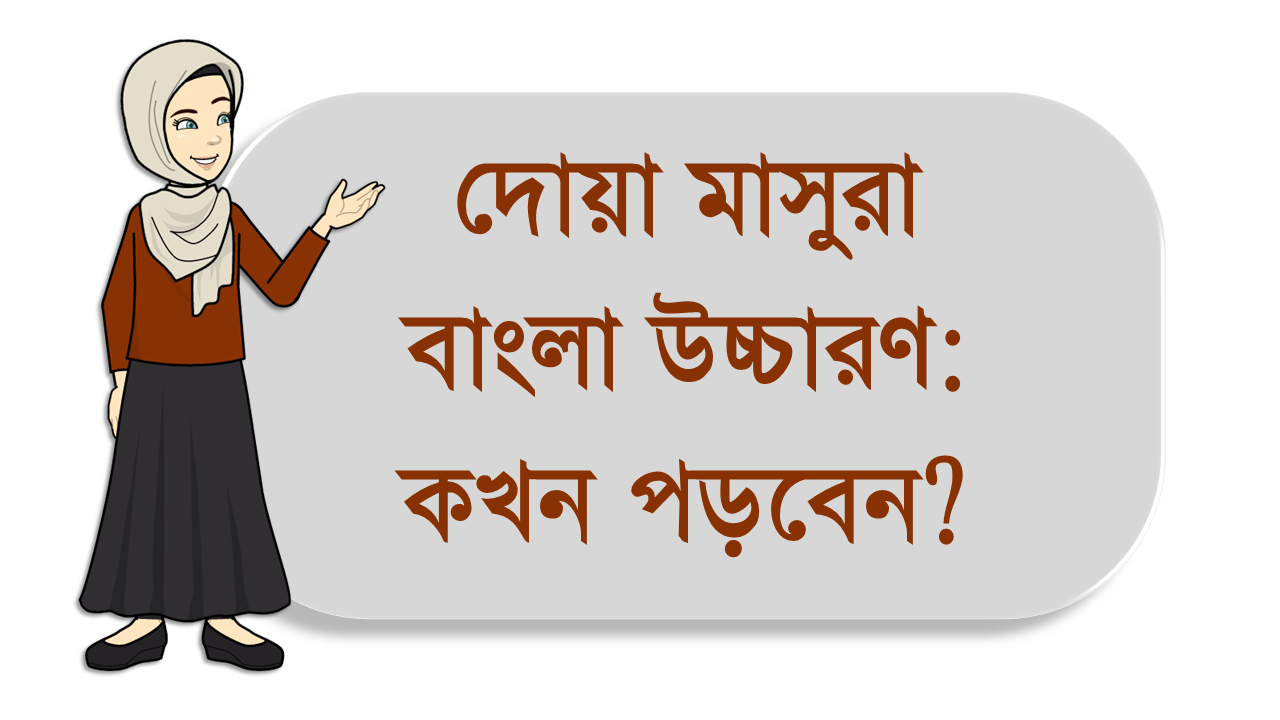AngularJS interview questions and answers
AngularJS interview questions and answers
Sure! Here are some common AngularJS interview questions along with their answers:
1. What is AngularJS?
AngularJS is a JavaScript-based open-source framework developed by Google. It is used for building dynamic web applications. AngularJS extends HTML attributes with Directives and binds data to HTML with Expressions.
2. What are the key features of AngularJS?
- Two-way data binding: AngularJS automatically keeps the view and model in sync.
- Directives: AngularJS uses directives to extend HTML with new attributes and behaviors.
- Dependency injection: AngularJS provides a built-in dependency injection system to manage the dependencies between different components.
- Testing: AngularJS provides built-in support for unit testing.
- MVC architecture: AngularJS follows the Model-View-Controller architectural pattern.
3. What is data binding in AngularJS?
Data binding is a core feature of AngularJS that allows synchronization between the model and the view. It keeps the model and view in sync by automatically updating the model when the view changes, and vice versa. There are three types of data binding in AngularJS: one-way binding, two-way binding, and interpolation.
4. What is the difference between one-way binding and two-way binding in AngularJS?
- One-way binding: In one-way binding, the data flows only in one direction, from the model to the view or from the view to the model. Changes in the model update the view, but changes in the view do not update the model.
- Two-way binding: In two-way binding, the data flows in both directions, from the model to the view and vice versa. Changes in the model update the view, and changes in the view also update the model.
5. What are directives in AngularJS?
Directives are markers on a DOM element that tell AngularJS to attach a specific behavior to that element. Directives are used to extend HTML with new attributes and behaviors. AngularJS has built-in directives like ng-app, ng-controller, ng-model, ng-repeat, etc., and you can also create custom directives.
6. What is dependency injection in AngularJS?
Dependency injection is a design pattern used in AngularJS to manage dependencies between different components. It allows the components to be loosely coupled and makes testing easier. In AngularJS, dependencies are specified as function arguments, and AngularJS's injector takes care of providing the necessary dependencies when creating instances of components.
7. What is routing in AngularJS?
Routing in AngularJS refers to the mechanism of navigating between different views or pages in a single-page application. It allows you to define routes for different URLs and associate them with specific templates and controllers. AngularJS provides the ngRoute module for routing.
8. What is the difference between AngularJS and Angular?
AngularJS, also known as Angular 1.x, is the older version of the framework, while Angular (commonly referred to as Angular 2+) is the newer version. Angular is a complete rewrite of AngularJS and introduces several architectural and syntax changes. Angular is written in TypeScript, supports a component-based architecture, and provides better performance compared to AngularJS.
9. What is the purpose of the $scope object in AngularJS?
The $scope object is a fundamental part of AngularJS and acts as the glue between the controller and the view. It holds the data and functions that are accessible from both the controller and the view, allowing them to communicate with each other.
10. What are filters in AngularJS? Provide an example.
Filters in AngularJS are used to format and transform data before displaying it in the view. They can be applied to expressions using the pipe (|) symbol. For example, the currency filter formats a number as a currency: {{ price | currency }}.
11. Explain the concept of directives in AngularJS.
Directives in AngularJS are markers on DOM elements that add behavior to the element or modify its appearance. They are used to extend HTML with custom attributes and are often used to create reusable components. Directives can be defined using the "directive" method provided by AngularJS.
12. What is the role of services in AngularJS?
Services in AngularJS are used to share data, logic, or utilities across different parts of an application. They are singletons that can be injected into controllers, directives, or other services. Services are typically used for making HTTP requests, managing authentication, or handling shared business logic.
13. What is the purpose of ng-repeat directive in AngularJS?
The ng-repeat directive is used to repeat a set of HTML elements or a template block for each item in a collection. It iterates over an array or an object and generates the required HTML for each item. It is commonly used for rendering lists or tables.
14. Explain the concept of dependency injection in AngularJS.
Dependency injection in AngularJS is a way to provide the necessary dependencies of a component from the outside. It helps in decoupling the components and makes them more modular and testable. AngularJS's injector takes care of resolving and injecting the dependencies when a component is created.
15. What is the purpose of the ng-model directive in AngularJS?
The ng-model directive is used for two-way data binding in AngularJS. It binds the value of an input element or a form control to a property on the $scope object. Changes in the input element are automatically reflected in the model, and changes in the model are reflected in the input element.
16. How does AngularJS handle form validation?
AngularJS provides built-in form validation using the ngModelController and ngMessages directives. You can use properties like $invalid, $dirty, $pristine, etc., to check the form's validation state. AngularJS also supports custom validation using the ngModelController's $validators and $asyncValidators properties.
17. What is the purpose of $http service in AngularJS?
The $http service in AngularJS is used for making HTTP requests to servers. It provides methods like get, post, put, delete, etc., to perform different types of HTTP operations. The $http service returns a promise that can be used to handle the response from the server.
18. How can you handle errors in AngularJS $http requests?
You can handle errors in AngularJS $http requests by attaching an error callback using the `.error()` or `.catch()` methods on the promise returned by the $http service. Additionally, you can use the `.finally()` method to execute code that should be run regardless of whether the request was successful or not.
19. What are the differences between "ng-if" and "ng-show" directives in AngularJS?
- "ng-if" removes or recreates DOM elements based on the expression provided. If the expression evaluates to false, the element is removed from the DOM; if it evaluates to true, the element is added back to the DOM.
- "ng-show" toggles the visibility of DOM elements by adding or removing the "ng-hide" class based on the expression provided. The elements remain in the DOM but are hidden using CSS.
20. Explain the concept of "digest cycle" in AngularJS.
The digest cycle is the process in which AngularJS updates the bindings between the model and the view. It starts at the root scope and traverses through all the child scopes, checking for changes in the model values. It continues until there are no more changes or a maximum number of iterations is reached.
21. What is the purpose of the "ng-app" directive in AngularJS?
The "ng-app" directive is used to define the root element of an AngularJS application. It initializes the AngularJS framework and sets up the application's scope. It is typically placed on the HTML tag or a higher-level container element.
22. How can you communicate between controllers in AngularJS?
There are multiple ways to communicate between controllers in AngularJS:
- Using a service: You can create a shared service that holds data or functions and inject it into the controllers.
- Using the event system: You can use the $rootScope's `$broadcast`, `$emit`, and `$on` methods to emit and listen for events between controllers.
- Using a shared parent controller: If the controllers share a common parent in the DOM hierarchy, they can communicate through the parent's scope.
23. Explain the concept of "dependency injection" in AngularJS and provide an example.
Dependency injection is a design pattern used in AngularJS to manage dependencies between different components. It allows components to be loosely coupled and makes testing easier. In AngularJS, dependencies are specified as function arguments, and the framework's injector takes care of providing the necessary dependencies when creating instances of components.
Example:
app.controller('MyController', ['$scope', 'myService', function($scope, myService) { // Controller code here }]);
24. What are AngularJS filters? Give examples of built-in filters.
Filters in AngularJS allow you to format or transform data before displaying it in the view. They can be applied to expressions using the pipe (|) symbol. AngularJS provides several built-in filters, such as:
- "currency": Formats a number as a currency.
- "date": Formats a date object.
- "uppercase": Converts a string to uppercase.
- "limitTo": Limits the number of items displayed in an array or a string.
25. What is the purpose of the "ng-class" directive in AngularJS?
The "ng-class" directive is used to conditionally apply CSS classes to elements based on expressions. It allows you to dynamically toggle classes based on the state of your application or specific conditions.
26. How can you make AJAX requests in AngularJS?
You can use the $http service in AngularJS to make AJAX requests. It provides methods like get, post, put, delete, etc., to perform different types of HTTP operations. The $http service returns a promise that can be used to handle the response from the server.
27. What are AngularJS decorators? Provide an example.
Decorators in AngularJS allow you to modify or extend the behavior of existing services, directives, filters, or controllers. They provide a way to intercept and enhance the functionality of core AngularJS components. Decorators are defined using the "config
" phase of AngularJS.
Example:
app.config(['$provide', function($provide) { $provide.decorator('$http', ['$delegate', function($delegate) { // Modify or extend the $http service here return $delegate; }]); }]);
28. What is the purpose of the "ng-view" directive in AngularJS?
The "ng-view" directive is used in conjunction with the AngularJS routing module to define a placeholder for dynamic views. It acts as a container where different views can be loaded based on the current route. The content of the "ng-view" element is replaced with the loaded view template.
These additional questions should further enhance your preparation for an AngularJS interview. Remember to practice coding examples and explore real-world scenarios to solidify your understanding of AngularJS concepts.




